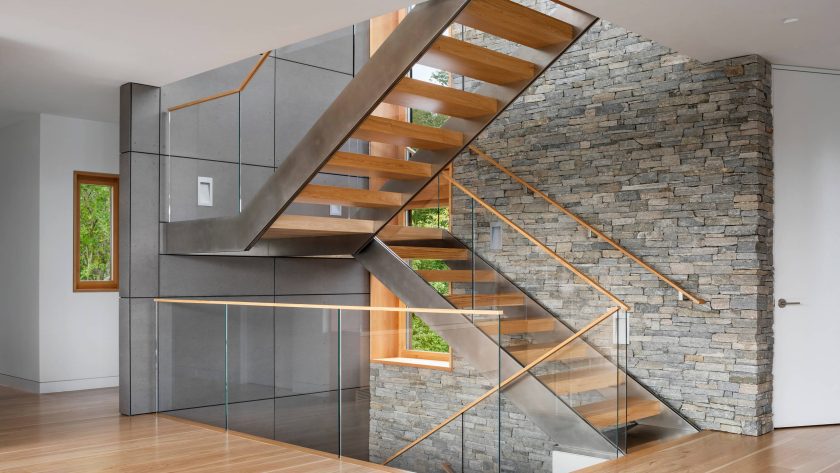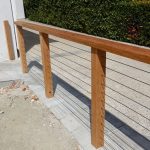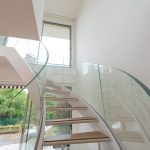Staircases are an integral part of any home or building, providing functionality and aesthetic appeal. However, they require regular maintenance and care to ensure their longevity, safety, and visual appeal.
In this comprehensive guide, we will explore essential tips and practices for staircase maintenance and care. From routine cleaning and inspection to addressing common issues and enhancing safety measures, this article will equip you with the knowledge and techniques to keep your staircase in optimal condition, ensuring its beauty and safety for years to come.
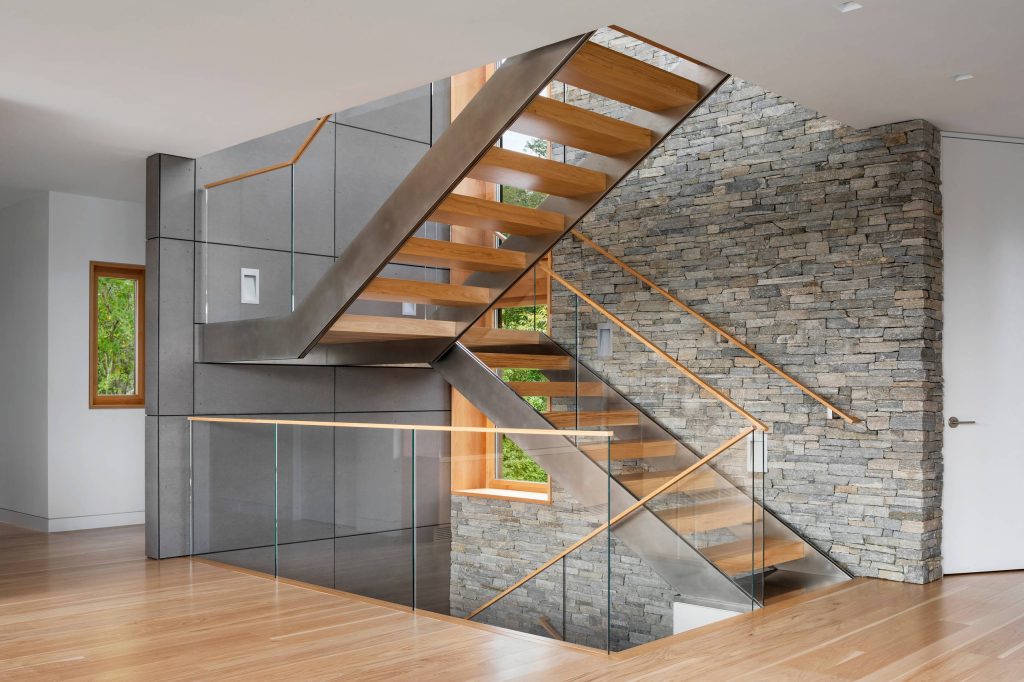
Routine Cleaning and Inspection
Regular cleaning is a fundamental aspect of staircase maintenance. Dust, dirt, and debris can accumulate on steps, handrails, and balusters, diminishing the overall appearance of your staircase. Cleaning should be done with care and appropriate cleaning agents suitable for the materials used.
Begin by removing loose debris and dirt using a soft brush or vacuum cleaner with a brush attachment. Wipe the surfaces of the steps, handrails, and balusters with a damp cloth or sponge. Use a mild soap solution for more stubborn stains, following the manufacturer’s recommendations. Avoid using abrasive cleaning products or harsh chemicals that may damage the materials or finishes. Pay special attention to the corners, edges, and hard-to-reach areas to ensure thorough cleaning.
Alongside cleaning, regular inspection is essential to identify any signs of damage or wear that may compromise the safety and structural integrity of the staircase.
Here are key inspection points:
- Check for loose or squeaky steps. Tighten loose screws and reinforce any weak or wobbly steps.
- Inspect handrails and balusters for stability. Ensure they are securely attached and free from cracks or splits.
- Examine the condition of the stair nosing (the edge of each step). Replace any damaged or worn nosings to prevent tripping hazards.
- Assess the overall condition of the staircase, including the condition of the risers, treads, and stringers. Address any signs of rot, decay, or structural damage promptly.
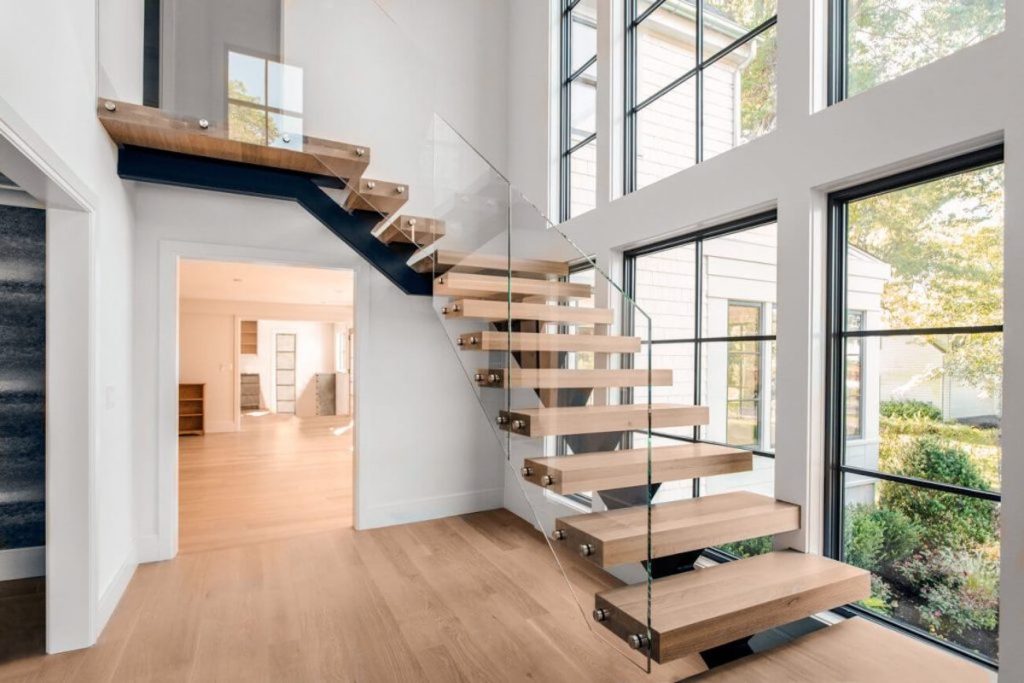
Addressing Common Issues
Staircases can encounter various issues over time. By promptly addressing these issues, you can prevent further damage and maintain the safety and beauty of your staircase.
Here are some common issues and their corresponding solutions:
Creaking or Loose Steps
Creaking or loose steps can be both annoying and potentially dangerous. Identify the source of the noise or instability and reinforce the step by adding screws or brackets as necessary. If the problem persists, consult a professional for further assessment.
Cracked or Damaged Handrails or Balusters
Cracks or damage in handrails or balusters compromise their strength and safety. Replace or repair any damaged components promptly to ensure stability and prevent accidents.
Fading or Worn Finishes
Over time, finishes on staircases may fade or wear off, affecting their appearance. Consider refinishing or applying a fresh coat of paint or varnish to restore the beauty and protect the underlying materials.
Loose or Damaged Stair Nosing
It is crucial to promptly address any issues related to stair nosings to ensure secure navigation and prevent accidents. Replace or repair loose, damaged, or missing stair nosings without delay, prioritising the safety of those using the staircase. By taking swift action, you can maintain a secure and hazard-free environment.
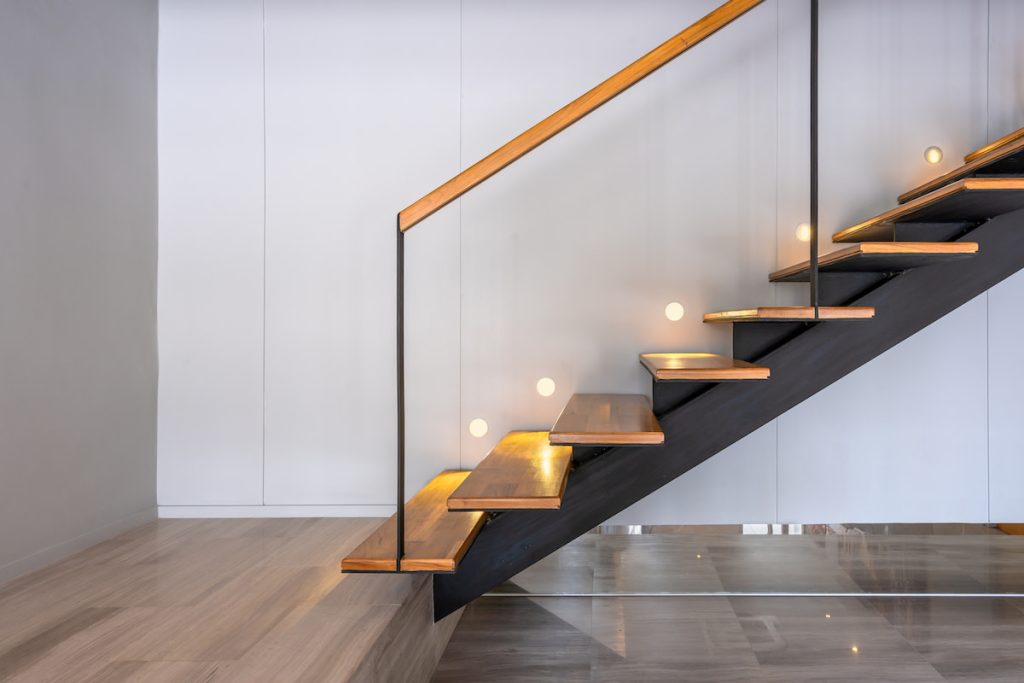
Enhancing Safety Measures
In addition to regular maintenance and addressing common issues, enhancing safety measures is crucial for staircase maintenance. Here are some recommendations:
Install Proper Handrails and Balusters
Ensure handrails are present and securely installed on both sides of the staircase. Balusters should be spaced appropriately to prevent accidental falls. For installation, renovation, or custom design services, consider reaching out to Southern Stairs. Their expertise and craftsmanship will help you create the perfect staircase that enhances the aesthetics and functionality of your space.
Adequate Lighting
Proper illumination is essential to ensure safe navigation on the staircase, especially in low-light areas. Install well-placed light fixtures or consider motion-activated lighting for added convenience and energy efficiency.
Non-Slip Treads or Carpeting
To prevent slips and falls, consider adding non-slip treads or installing carpeting on the steps. These provide better traction and reduce the risk of accidents, especially in high-traffic areas.
Preventing Moisture Damage
Moisture can cause significant damage to staircases, especially if they are made of wood. Take preventive measures by placing mats or rugs at the base of the staircase to trap moisture from shoes. Additionally, avoid excessive exposure to water or humidity and promptly address any spills or leaks to prevent staining or warping of the stairs.
Childproofing Measures
If you have young children, consider installing safety gates at the top and bottom of the staircase to prevent access when unsupervised. Ensure the gates meet safety standards and are properly installed.
Proper maintenance and care are essential for keeping your staircase safe, functional, and visually appealing. By following the tips and practices outlined in this guide, you can ensure the longevity and beauty of your staircase while prioritising safety. Regular cleaning, thorough inspections, prompt issue resolution, and enhanced safety measures all contribute to maintaining a staircase that adds value, elegance, and safety to your home or building for years to come.
